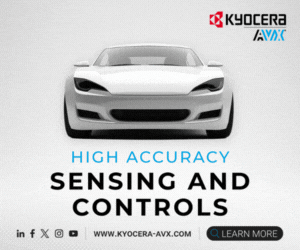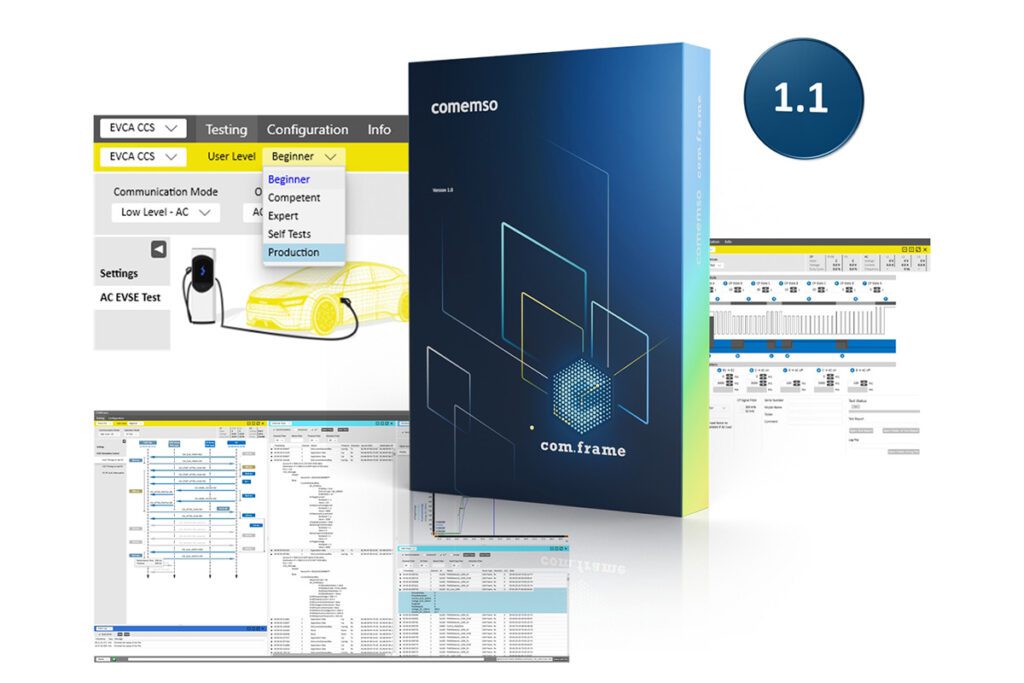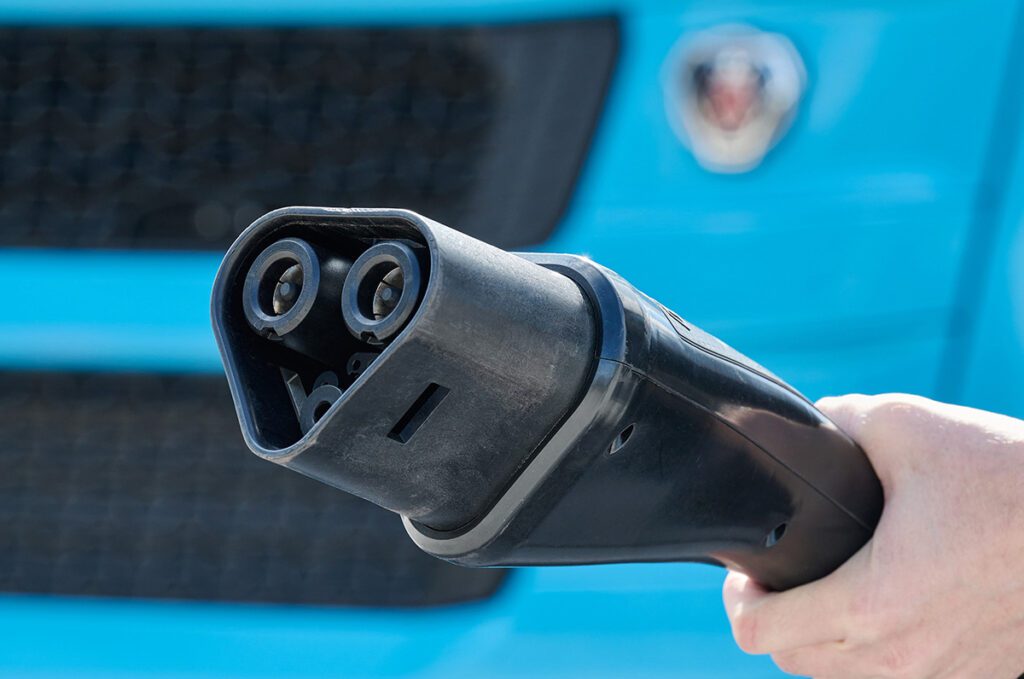In 2008, there were about 2,000 registered electric cars in Germany. In the same year, Tesla had financial problems and managed to avoid bankruptcy at the last second. Statistics from 2010 show that the e-car manufacturer sold a good 2,000 units of its Roadster model at that time – worldwide. In the U.S., about 322,000 EVs were sold in 2020, while in 2021, over 310,000 electric vehicles were sold in just the first six months of the year.
Looking back, it was a time when the foundation for popular e-cars was laid—long before e-mobility became mass-market. Unlike other long-established car manufacturers, BMW had built its first purely electric car models (the i3 and i8) entirely around the electric power train, whereas most of the others just modified their standard combustion engine series.
It is precisely these two models that are firmly linked to the history of Preh’s E-Mobility Division. Together with the automotive supplier, which is headquartered in Germany, Munich-based BMW developed the battery management system for the first i-models.
“We are still proud of having been given preference over much larger suppliers for these high-prestige and innovative vehicles, in spite of the fact that we didn’t have a single product for e-cars in series production up to that point,” says Nick Lontscharitsch, President of Preh, Inc. in Novi, Michigan.
Flexible and open-minded
Dr. Joachim Wagner, who has been with the company from the beginning of its first E-Mobility projects and is now Head of Pre-development for E-mobility remembers, “The flexibility of our organization and our willingness to share know-how with the customer spoke in Preh’s favor.” In addition, the supplier had already built up a great base of knowledge in the field of electronics development—for safety-related components and functional safety, for example.
In the meantime, 100 million euros have been invested in the still-young E-Mobility Division. In fiscal year 2021, Preh generated sales of 1.3 billion euros. The E-Mobility Division accounted for around one-fifth of this.
Furthermore, Preh has co-financed a technology transfer center for E-Mobility in Bavaria, which is part of the regional Würzburg-Schweinfurt University of Applied Sciences. With two professorships, it carries out important research work. Active cell balancing, for example, was investigated together with the center staff. For Preh, the collaboration was a win-win situation: In addition to the transfer of knowledge, the supplier was involved with the junior staff in development work at an early stage and thus got to know them. In the meantime, there were many developers in the E-Mobility Division who switched to Preh after graduation. “And they stay with us,” Wagner is pleased to say. “That’s part of our growth story.”
800V Taycan solution from Preh
Today, Preh supplies far more than battery management systems to the automotive industry—like the on-board chargers at different power levels. The mid-size supplier also did pioneering work once again—this time with 800V technology for Porsche. For the Taycan model, they developed the so-called “booster” and the “DC/DC converter”. The latter is designed as a multi-converter that converts 800-volt DC voltage into 400-volt, 48-volt and 12-volt—depending on the utilization in the vehicle, such as the air-conditioning compressor, roll stabilization and the vehicle electrical system.
To ensure that the entire 400V charging infrastructure can also be used for 800V vehicles, the high-voltage booster from Preh is on-board. With a range of 50 kW up to 150 kW, it enables 800V vehicles to be charged at 400V fast-charging stations. The 400V output is “boosted” to 800V by means of voltage conversion.
To develop such products in the shortest time possible—which are completely new for the entire industry—the company has invested in its own high-voltage laboratory at its headquarters in Bad Neustadt, Germany.
Preh realized just how special the high-voltage laboratory is when it wanted to carry out various measurements in parallel and was looking for external capacities for this purpose: The only problem was that the requested development service providers did not have an “HV lab” in which the measurements could be carried out. The Preh Group’s high-voltage laboratory currently operates five test benches with up to 250kW at up to 600A. The total power available for testing is 1.5 megawatts.
What´s next?
What’s next for the E-Mobility business unit? The outlook is bright enough that Preh CEO Charlie Cai definitely sees major growth. “By 2030 we envision E-Mobility Division sales to be approximately as high as our HMI business,” says Cai. To achieve this, the division will be building up personnel—and a second high-voltage laboratory will be necessary to process the anticipated high workload.
“On the product side customers want more integrated components in the future. The trend is towards even more compact solutions and even greater efficiency,” says Wagner, summarizing the demand. Preh, for example, is working on an onboard charger with a DC/DC converter in a single housing.
In just over ten years, Preh’s initial project has grown into a fully-operational business unit that now supplies global OEMs – such as Audi, Mercedes-Benz, Volvo and VW Group – with large-volume vehicle platforms. The market for e-cars continues on an upward trend. “Also for our eMobility growth in North America, we are looking for power electronics and SW engineers to join our great team in Novi, Michigan” says Lontscharitsch.




















































































